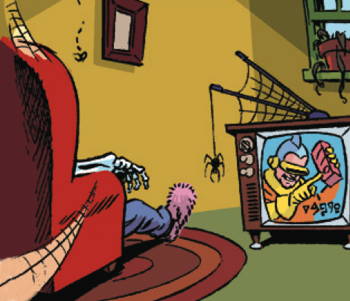November 2021
November 25, 2021
International Association of People Who Dine Over the Kitchen Sink
Norm Hankoff had the idea for the "International Association of People Who Dine Over the Kitchen Sink" in 1991, while he was standing at the sink using potato chips to spoon tuna salad into his mouth.The next year he founded the Association. He referred to its members as 'sinkies'. Then, in 1994, he came out with The Official Sinkies Don't Cook Book, which included "recipes" such as:
- cakeless frosting
- a handful of mashed potatoes
- a cracker topped with mayo, then another cracker, then American cheese, then another cracker, mustard, cracker, pickle chip, cracker and Swiss cheese
- chocolate cake in a glass of milk
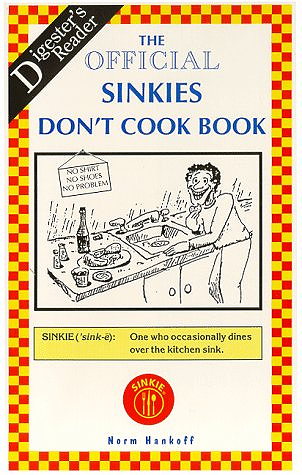
Amazon Link
The Association still exists. Or, at least, it still has a website: sinkie.com.
Sinkies consider the day after Thanksgiving to be their annual holiday. They call it "Dine Over Your Kitchen Sink Day".
Posted By: Alex - Thu Nov 25, 2021 -
Comments (0)
Category: Clubs, Fraternities and Other Self-selecting Organizations, Food, Thanksgiving
Happy Thanksgiving 2021!
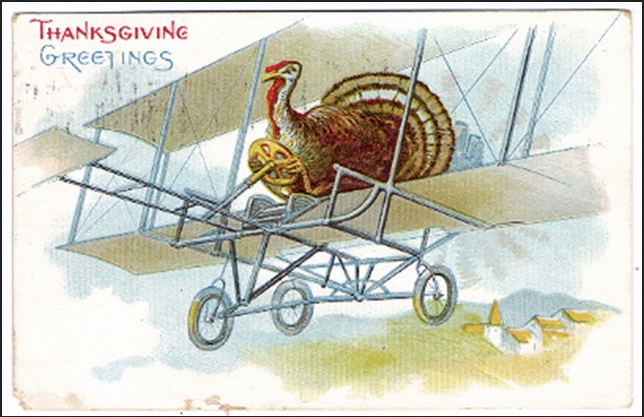
Posted By: Paul - Thu Nov 25, 2021 -
Comments (3)
Category: Anthropomorphism, Food, Holidays, Air Travel and Airlines
November 24, 2021
The Patented Carrot Rectal Dilator
In 1927, the Canadian patent office granted an unusual patent (CA 259317) to George L. Kavanagh. It was unusual because, while most patents describe some new type of gadget or gizmo, Kavanagh's invention simply consisted of a method of using a carrot.The problem Kavanagh had set out to solve was that of constipation in the elderly. The way he saw it, our rectums tend to grow more inelastic and shrunken as we age, and this leads to constipation. The solution, he concluded, was "gently dilating the anus and rectum until the organs are restored to their youthful size."
But what could be used as a dilator? Preferably something inexpensive and readily obtainable. That made him think of carrots.
A summary from his patent:
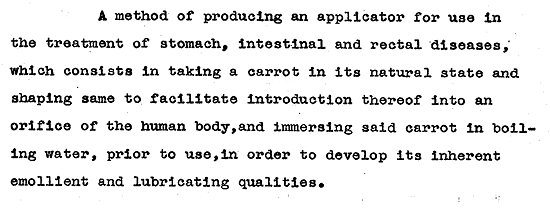
An added benefit of carrots, he noted, was that they come in a variety of different sizes. This would allow one to start with small carrots and work up to larger ones "until the desired result is obtained."
Unfortunately, Kavanagh submitted no drawings with his patent. But I did find a chart that provides a size comparison of different types of carrots, which could be potentially useful for anyone who wants to try out Kavanagh's method at home on an elderly relative.
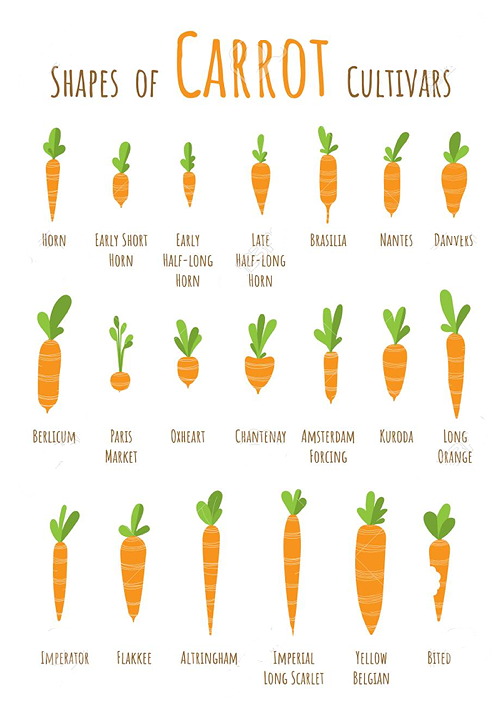
image source: 123rf.com
Update: Kavanagh also got a US Patent (No. 1,525,505) for his invention.
Posted By: Alex - Wed Nov 24, 2021 -
Comments (3)
Category: Health, Inventions, Patents, Vegetables, 1920s
Virta Warrens, From Miss Portland 1930 to the Racetrack
Somewhat in our line of Weird Beauty Queens: her title as a queen wasn't weird, but maybe her subsequent career was--for the times!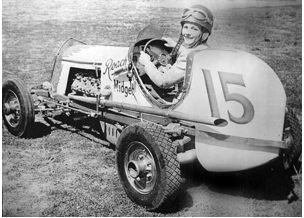
Source of article below.
Read a short charming memoir written by Virta's daughter here.
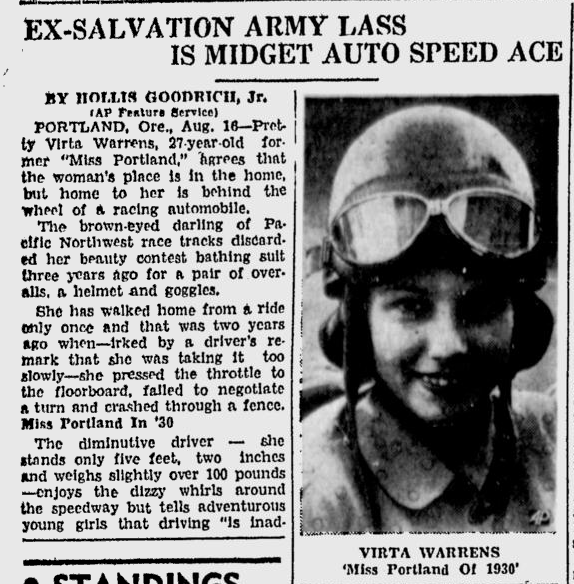
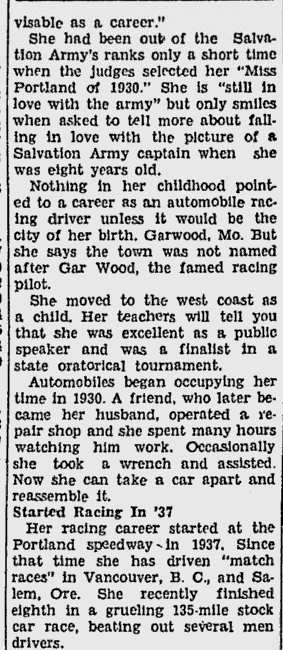
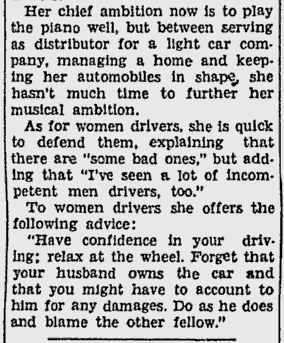
Posted By: Paul - Wed Nov 24, 2021 -
Comments (0)
Category: Beauty, Ugliness and Other Aesthetic Issues, Contests, Races and Other Competitions, 1930s, Cars
November 23, 2021
Chicken-Feather Cookies
We've posted before about weird things that food scientists have made flour out of, including sawdust, fish, and (of course) insects. Add chicken feathers to that list.In 1976, Dr. A.L. Shewfelt of the University of Georgia experimented with transforming chicken feathers into a "highly digestible creamy-white powder" and then using this to make cookies. Most of the taste testers said the cookies were "pretty good," except for one who complained of a soapy taste — a result of the chemical solvent the feathers had been washed in.
I think the lesson here is that almost anything can taste okay if you turn it into a powder and add enough sugar to it.

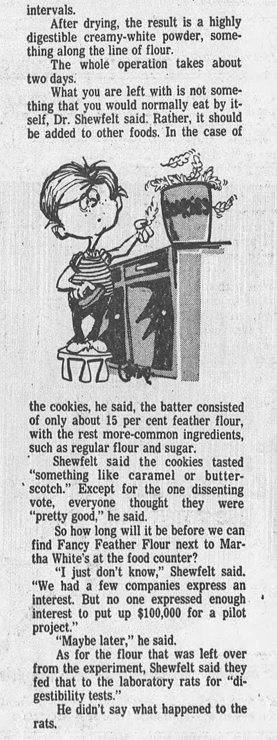
The Atlanta Constitution - Mar 9, 1976
Posted By: Alex - Tue Nov 23, 2021 -
Comments (1)
Category: Food, 1970s
Colleen Moore’s Fairy Castle
Still on display at the Chicago Museum of Science & Industry. Lots of great pix at this link.
Source of article below.
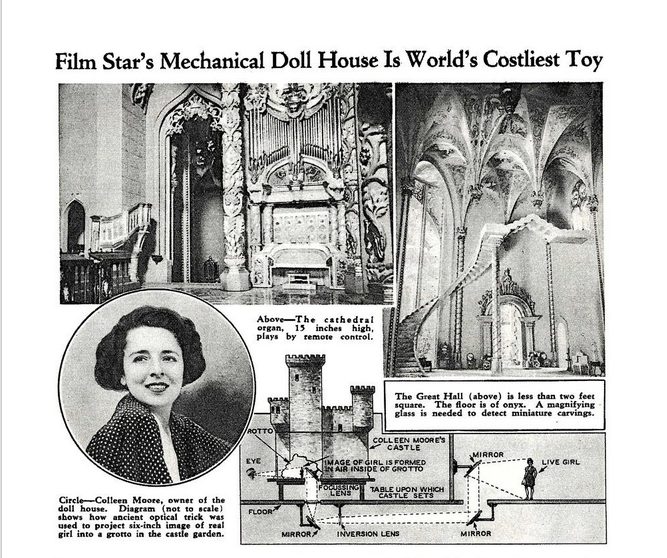
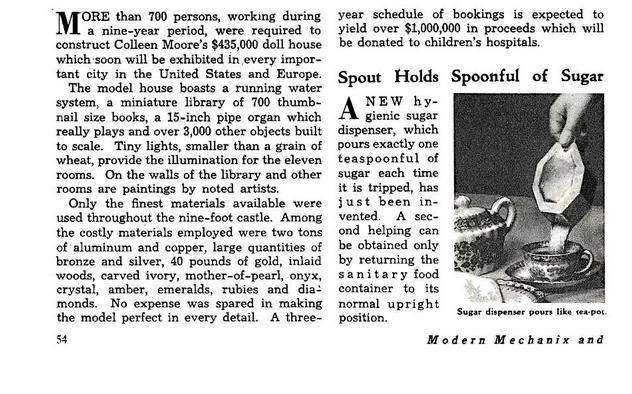
Posted By: Paul - Tue Nov 23, 2021 -
Comments (3)
Category: Architecture, Charities and Philanthropy, Enlargements, Miniatures, and Other Matters of Scale, Hollywood, Museums, 1930s
November 22, 2021
Winter Zero’s Musical Bottle Farm
From the 1930s to the 1950s, one of the most popular oddities to visit in Ohio was Winter Zero Swartsel's "Bottle Farm" located outside of Farmersville. (He said he got his name because he was born on a "hard, cold winter day.") Here's a description of it from the historical marker now at the site:Curious that there were no visitors from Delaware.


Here's another description of the Bottle Farm from "Joe" on Angelfire:
Scattered across the fields were heavy wooden structures that supported old church bells. To each bell's clapper was loosely wired an irregularly cut piece of tin painted flat black. Each piece of tin had some Indian words or a short phrase or saying scrawled across it in white paint. Whenever the wind blew, the pieces of tin would dance in the breeze and cause the clappers to clang the bells.
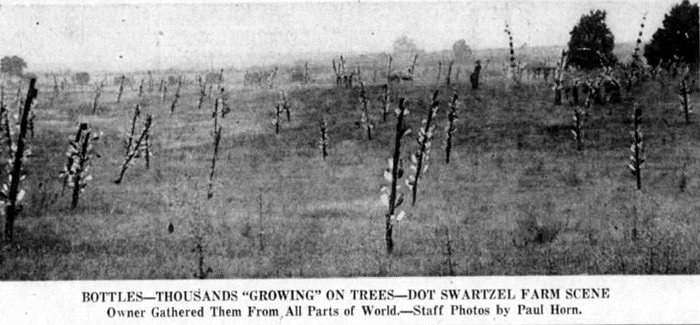
Dayton Daily News - Aug 18, 1954

Pittsburgh Press - Jun 12, 1938
News reports indicate that Swartsel wasn't on the best of terms with the surrounding community. He had a habit of shooting at teenagers whom, he claimed, were trespassing on his property.
When he died in 1953 the city tried to preserve the Bottle Farm as a tourist attraction but gave up after two years and auctioned everything off. Today the historical marker is the only reminder of the Farm's existence at the location.
Posted By: Alex - Mon Nov 22, 2021 -
Comments (2)
Category: Eccentrics, Outsider Art
Follies of the Madmen #520
I have never thought of a percolator as sexy before, but I guess I was misguided...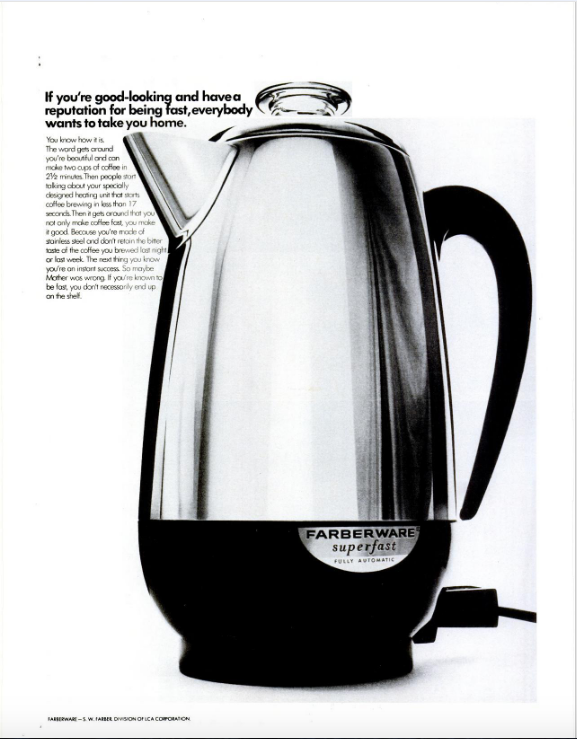
Source.
Posted By: Paul - Mon Nov 22, 2021 -
Comments (1)
Category: Business, Advertising, Domestic, Appliances, Magazines, Sex Symbols, 1970s
November 21, 2021
Reading Position For A Second Degree Burn
For somewhere between $15,000 to $20,000 you can buy a photograph showing the sunburn that artist Dennis Oppenheim got on Long Island beach in 1970.According to wikipedia:
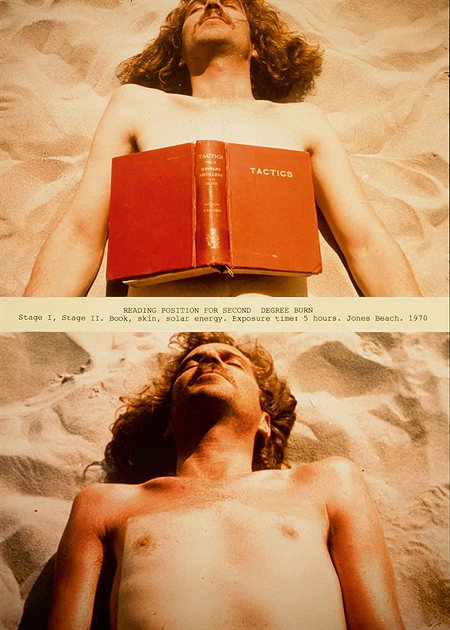
Posted By: Alex - Sun Nov 21, 2021 -
Comments (1)
Category: Art, Photography and Photographers, 1970s, Skin and Skin Conditions
Drive-In Movie Ads
With over 100 items like this one below, you can easily waste hours at the Internet Archives page called Drive-In Movie Ads.
Posted By: Paul - Sun Nov 21, 2021 -
Comments (0)
Category: Movies, PSA’s, Advertising, Twentieth Century, Cars
| Get WU Posts by Email | |
|---|---|

| Who We Are |
|---|
| Alex Boese Alex is the creator and curator of the Museum of Hoaxes. He's also the author of various weird, non-fiction books such as Elephants on Acid. Paul Di Filippo Paul has been paid to put weird ideas into fictional form for over thirty years, in his career as a noted science fiction writer. He has recently begun blogging on many curious topics with three fellow writers at The Inferior 4+1. Chuck Shepherd Chuck is the purveyor of News of the Weird, the syndicated column which for decades has set the gold-standard for reporting on oddities and the bizarre. Our banner was drawn by the legendary underground cartoonist Rick Altergott. Contact Us |
